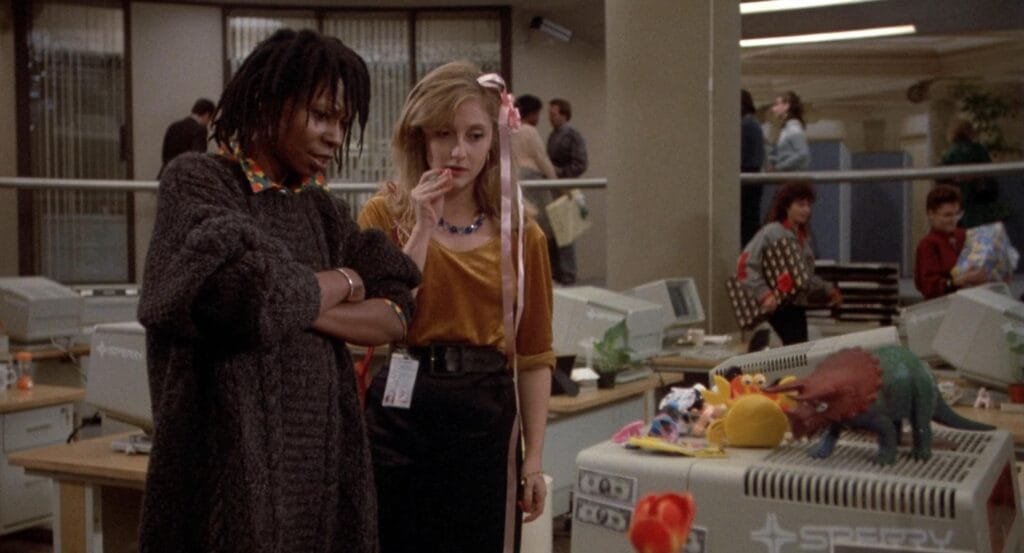Here’s the translation of your text into American English:
The history of modern computing is marked by visionary companies that shaped technology as we know it today. One of these pioneers was Sperry Corporation, founded in 1910 by Elmer Ambrose Sperry as Sperry Gyroscope Company, initially dedicated to the manufacturing of gyroscopes and other navigation devices. Over the decades, this company evolved, merged, and ultimately transformed into the present-day Unisys Corporation, leaving an indelible legacy in the fields of aviation, defense, and computing.
Early Years: Innovations in Aviation and Defense
From its founding in Brooklyn, New York, the company stood out for its contributions to maritime and aerial navigation, especially with the invention of the stabilizer gyroscope and the gyroscopic compass. During World War I, Sperry expanded its portfolio to include aeronautical components like fire control systems and bombing sights, solidifying its reputation as a leader in defense technology.

In the 1930s and 40s, Sperry further diversified with strategic acquisitions such as Vickers Inc., marking its entry into the hydraulic industry, and its collaboration with Stanford to develop the klystron, a key technology for radar and communications.
The UNIVAC Era: The Leap into Computing
Sperry’s true leap into the computing realm occurred with the acquisition of Remington Rand in 1955, which led to the formation of Sperry Rand Corporation. This merger brought with it innovations such as the UNIVAC series of computers, which revolutionized the industry by being used in government, military, and commercial applications.
The UNIVAC I was one of the first commercial computers in the United States, roughly the size of a garage and costing around a million dollars per unit. Its ability to predict the outcomes of the 1952 presidential election secured its place in history as a transformative advance.
Merger with Burroughs and the Birth of Unisys
In 1986, Sperry Rand merged with Burroughs Corporation, resulting in Unisys, in what was one of the largest mergers in the technology industry at the time. The new company combined Sperry’s expertise in defense and computing with Burroughs’ banking and data processing innovations.
Unisys continued developing advanced technologies such as high-performance servers and cloud solutions while maintaining its focus on cybersecurity and business resilience.
Cultural Legacy and Film Appearances
In addition to its technological impact, Sperry Rand left its mark on popular culture, especially in 1980s cinema. Movies like “Jumpin’ Jack Flash” (1986) and “No Way Out” (1987) featured Sperry equipment as an essential part of their plots, reflecting the era’s fascination with emerging technology.
Innovations that Redefined Industries
Throughout its history, Sperry pioneered numerous technologies that redefined entire sectors:
- Automated flight control: Crucial for military and commercial aviation.
- Defense computing: Systems such as the Mark 51 director transformed warfare strategies.
- Commercial computing: The UNIVAC and SPEEDAC systems marked the beginning of the mainframe era.

Conclusion: An Enduring Legacy
The legacy of Sperry Rand lives on in Unisys and in the technologies that defined the 20th century. From the development of pioneering systems to its cultural influence, Sperry Rand is an example of how technological innovation can shape industries, transform lives, and capture the imagination of entire generations.
via: Noticias Sistemas and X @Mallavibarrena

